selections
(Late Renaissance To Early Baroque English Music)
Performed On The Piano
3 CD Set
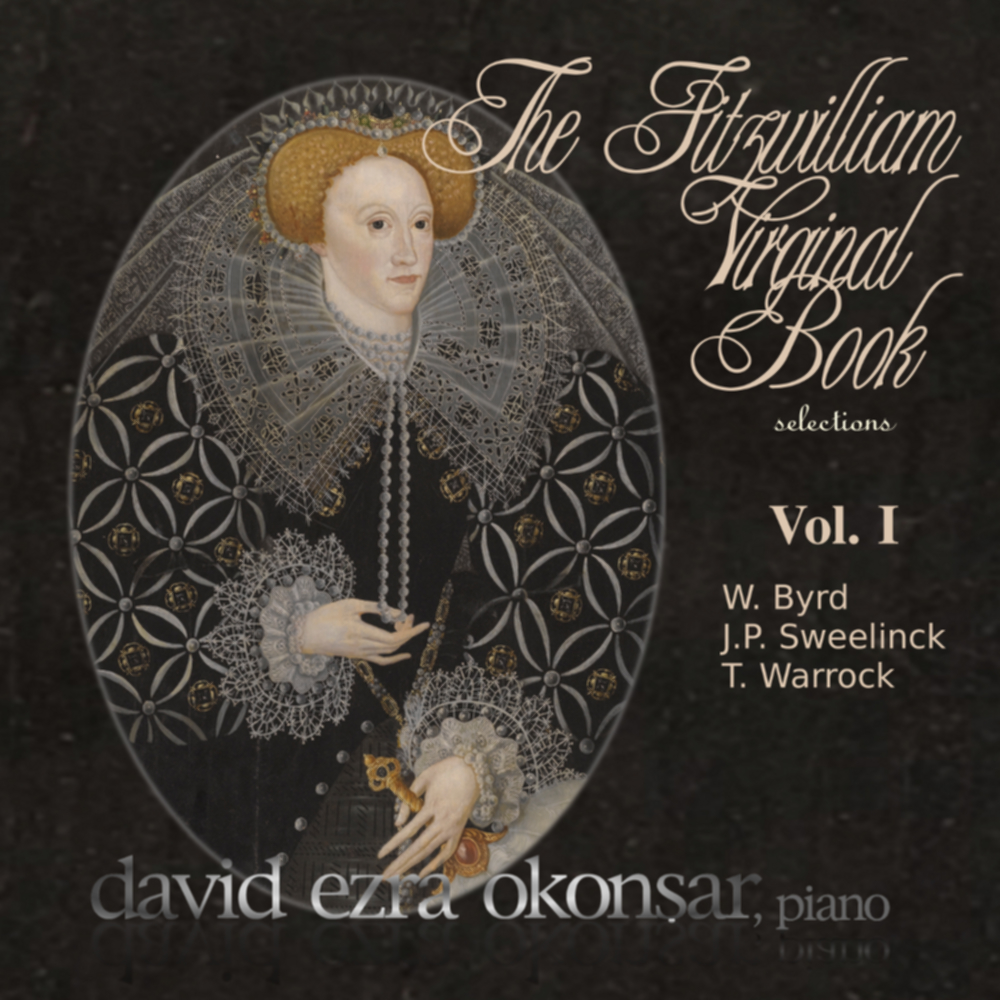
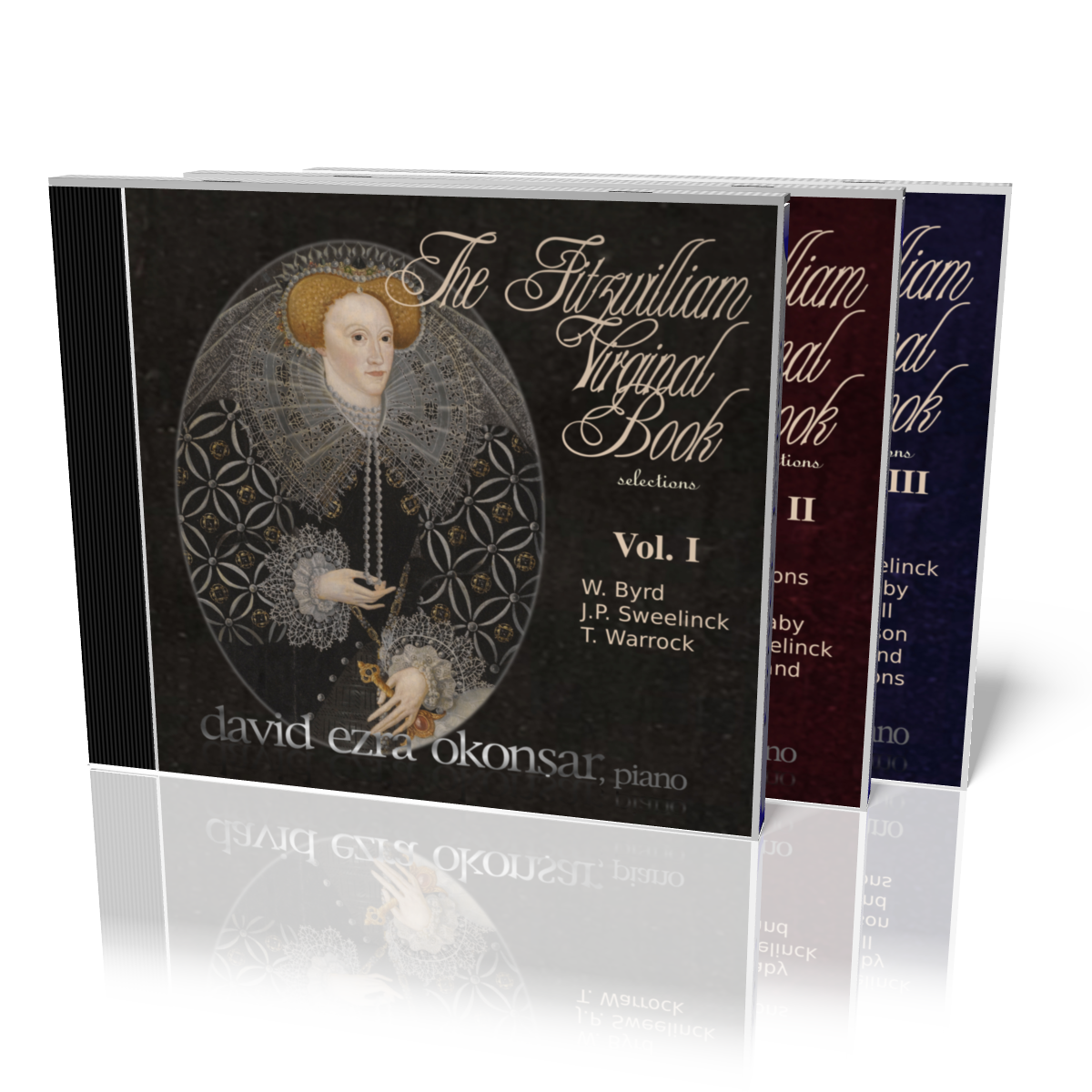
|
This late Renaissance to early Baroque music, mid sixteenth to early seventieth century, as it appears on those selections, is loaded with an irresistible lyricism and charm. The Fitzwilliam Virginal Book is its primary source. It was previously named Queen Elizabeth's Virginal Book, after Elizabeth I (1533-1603) Queen of England and Ireland, this title was soon abandoned because she actually never owned the book. The name comes from the Viscount Fitzwilliam who donated this collection of manuscripts to Cambridge University in 1816, the Fitzwilliam Museum is now the keeper of this collection. 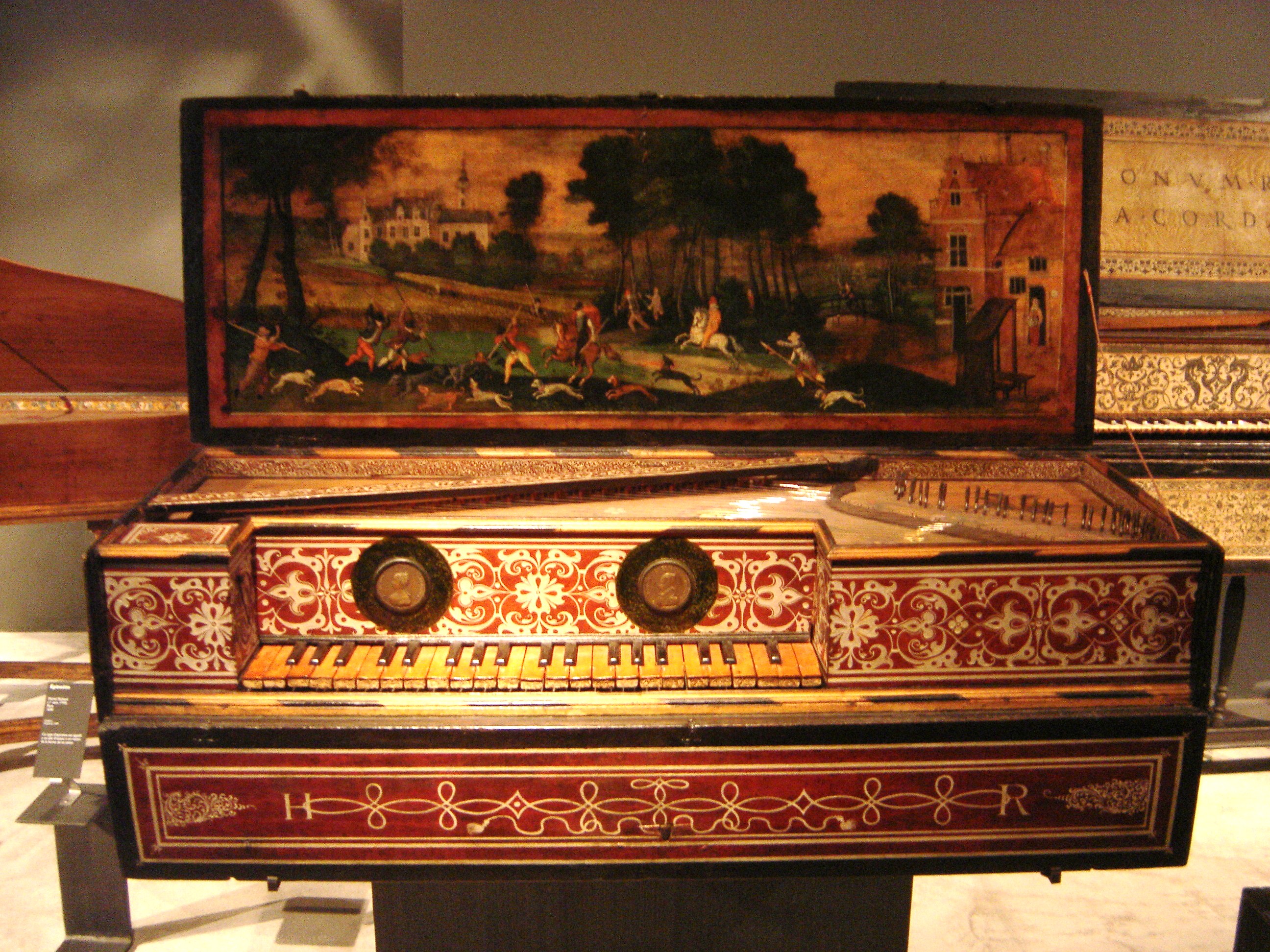 Virginal The "virginal" is originally a small, even portable harpsichord, but at the time the pieces were composed it was referring to any keyboard instrument, even including the organ. The book is a collection of pieces by many composers roughly from 1562 to 1612. Together with well-known names like William Byrd, John Bull, Orlando Gibbons and Giles Farnaby, it features lesser known composers like Martin Peerson, Peter Philips, Jan Pieterszoon Sweelinck. It is interesting to note that Richard Strauss did use some selections from that compilation in his opera "Die schweigsame Frau" (1935). 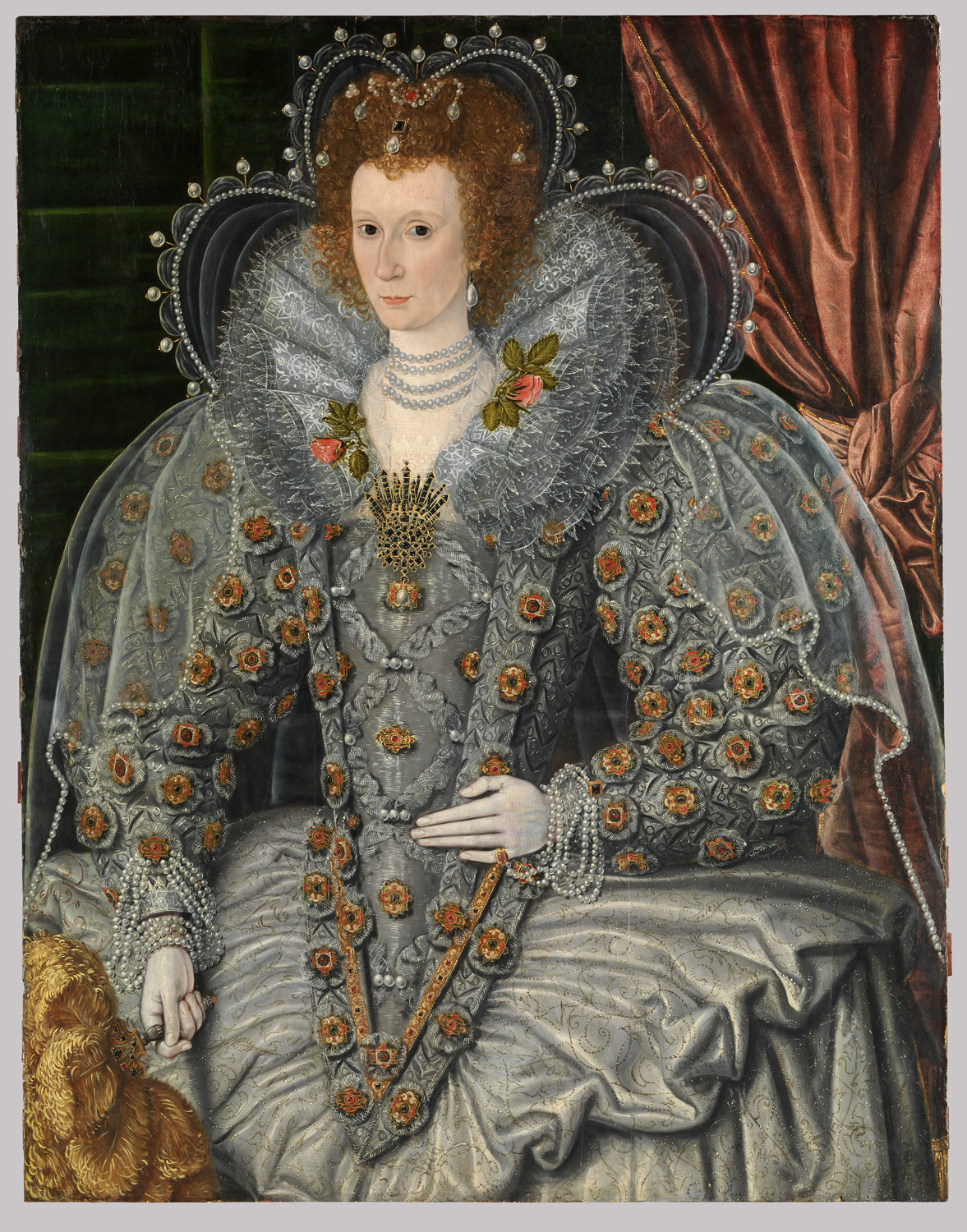 Portrait of a Woman Artist: British Painter (ca. 1600) Date: ca. 1600 Medium: Oil on wood These compositions from a couple of centuries before the emergence of the modern piano, are conceived in a radically different tuning system and they use "church (ecclesiastical) modes" instead of tonalities (keys) as we know them today. However, they do sound exceptionally captivating and alluring on the modern piano. I believe their lyrical core is even better projected when played on a piano. The modern notation version used in those recordings are made by J. A. Fuller Maitland and W. Barclay Squire and (re) published by Dover Publications. Even though those authors did a fascinating job on setting the accidentals right the subject of the validity of accidentals remains obscure in many places. The extend of validity of accidentals is a big problem when dealing with pre-tonal music. The occurrence, annulment, or alteration of many of those accidentals in many places remain a question of "interpretation" because the rules were not written and supposed to be known by the performers. Similarly, some time signatures and their changes during a piece present problematical rhythmical interpretation questions, best resolved only intuitively by our days performers. Unlike for the musicologist or the historian, for myself, the question of historical authenticity remains only be a minor concern. It is relevant only as far as it leads to set the ground for the best unfolding and projection of the exquisite sensibility which emerges from those pages. My ornamentation, tempos and even my interpretation of some doubtful accidentals and rhythms were all aimed towards the communication of the spirit of those works rather than exposing a dry "historical authenticity", vague term often used as a shield for poor musicality. Pieces featured in this album can be roughly grouped into roughly five categories. First category may be called "individual character pieces". With suggesting titles like "Tell mee, Daphne" (G. Farnaby) or "The King's Hunt" (J. Bull), these are predicting the best of Couperin and Rameau pieces. They are amazingly suggestive and brilliant in their settings. Another popular category is "Fantasia"s, sometimes titled "Ut re mi ..." (spelling out the theme) where rich contrapuntal textures alternate with brilliant virtuoso passages. One or more fugato style sections often involving four to six voices are followed by "variations" called "Rep." where fast and light, brilliant keyboard technique is required. The regular pair "Pavana and Galiard(a)" constitute a very common form as well. Both the "Pavanas" and the "Galiard(a)s" are generally made of two or three parts, each followed by their variations. A number of individual Pavanas and a lesser number of Galiards by many composers can also be found in the books. Liturgical music is scarcely present too. There is a few Psalms and common Catholic prayers often elaborated as "Fantasias" with contrapuntal settings alternating with instrumental passages. Composers featured in this compilation are: I - Giles Farnaby (c. 1563 - 1640) II - Jan Pieterszoon Sweelinck (1562 - 1621) III - John Bull (1562/63 - 1628) IV - John Dowland (1563 - 1626) V - Martin Peerson (1571/73 - 1650/51) VI - Orlando Gibbons (1583 - 1625) VII - Thomas Warrock (1565 - 1610) VIII - William Byrd (1539/40/43 - 1623) I - Giles Farnaby (c. 1563 - 1640) Giles Farnaby (c. 1563 - 1640) was one of the great English virginalists among William Byrd, John Bull and Orlando Gibbons, Farnaby, however, was not a professional musician. The Fitzwilliam Virginal Book, contains 52 of his pieces. Notable among them are 11 Fantasias, a wonderful and technically demanding set of variations called "Woody-Cock", and short but charming descriptive pieces such as "Giles Farnabys Dreame", "His Rest", "Farnabyes Conceit" and "His Humour." In addition to his keyboard compositions, Farnaby also composed madrigals, canzonets and psalms. II - Jan Pieterszoon Sweelinck (1562 - 1621) 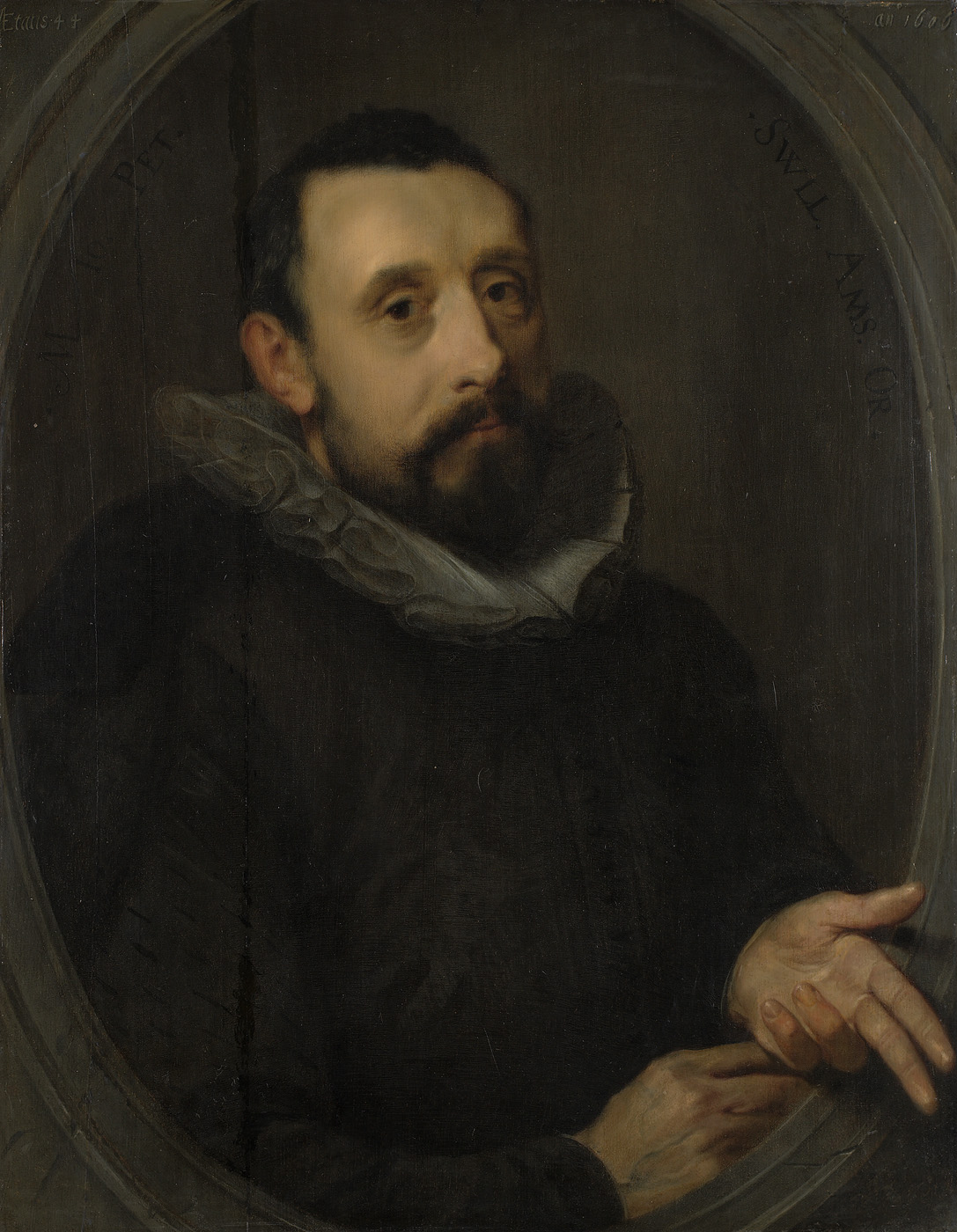 Jan Pieterszoon Sweelinck (1562 - 1621) Jan Pieterszoon Sweelinck (1562 - 1621) was a Dutch composer, organist, and pedagogue whose work straddled the end of the Renaissance and beginning of the Baroque eras. He was among the first major keyboard composers of Europe, and his work as a teacher helped establish the north German organ tradition. III - John Bull (1562/63 - 1628) 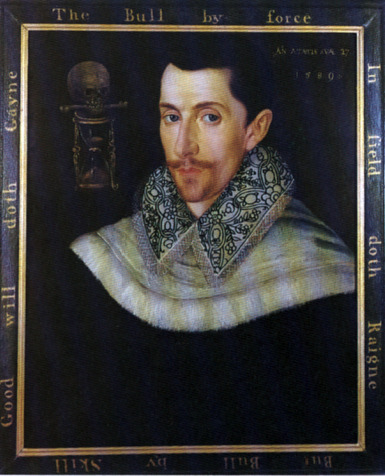 John Bull (1562/63 - 1628) Composer, musician and organ builder, John Bull (1562/63 - 1628) was a renowned keyboard performer and most of his compositions were written for the virginal. He made an impressive fame in the early 17th century as a keyboard composer. His first (and only) publication, in 1612 or 1613, was a contribution of seven pieces forming part of a collection of virginal music entitled "Parthenia", or the "Maydenhead of the First Musicke That Ever Was Printed for the Virginalls", dedicated to the 15-year-old Princess Elizabeth, who was his student, on the occasion of her betrothal to Frederick V, Elector Palatine of the Rhine. The other contributors to "Parthenia" were Bull's contemporaries William Byrd and Orlando Gibbons, among the most famous composers of the age. Bull also wrote an anthem: "God the father, God the son" for the wedding in 1613 of the princess and the Elector Palatine. In addition to his keyboard compositions, he wrote verse anthems, canons and other works. IV - John Dowland (1563 - 1626) John Dowland (1563 - 1626) was a composer, lutenist, and singer. He is best known today for his melancholy songs such as "Come, heavy sleep" (the basis of Benjamin Britten's 1963 composition for guitar solo, Nocturnal after John Dowland), "Come again", "Flow my tears", "I saw my Lady weepe" and "In darkness let me dwell", but his instrumental music has undergone a major revival, and with the 20th century's early music revival, has been a continuing source of repertoire for lutenists and classical guitarists. V - Martin Peerson (1571/73 - 1650/51) At a time when Roman Catholic was the "official" path of faith and even when it was illegal not to subscribe to Church of England beliefs and practices, Martin Peerson (1571/73 - 1650/51) was highly esteemed for his musical abilities and held posts at St Paul's Cathedral and, it is believed, Westminster Abbey. His output included both sacred and secular music in forms such as consort music, keyboard pieces, madrigals and motets. Peerson's powerful patrons enabled him to print and publish a considerable quantity of his music among them "Tristiae Remedium", with texts assembled by the Reverend Thomas Myriell mainly using psalm texts in the English language. VI - Orlando Gibbons (1583 - 1625) 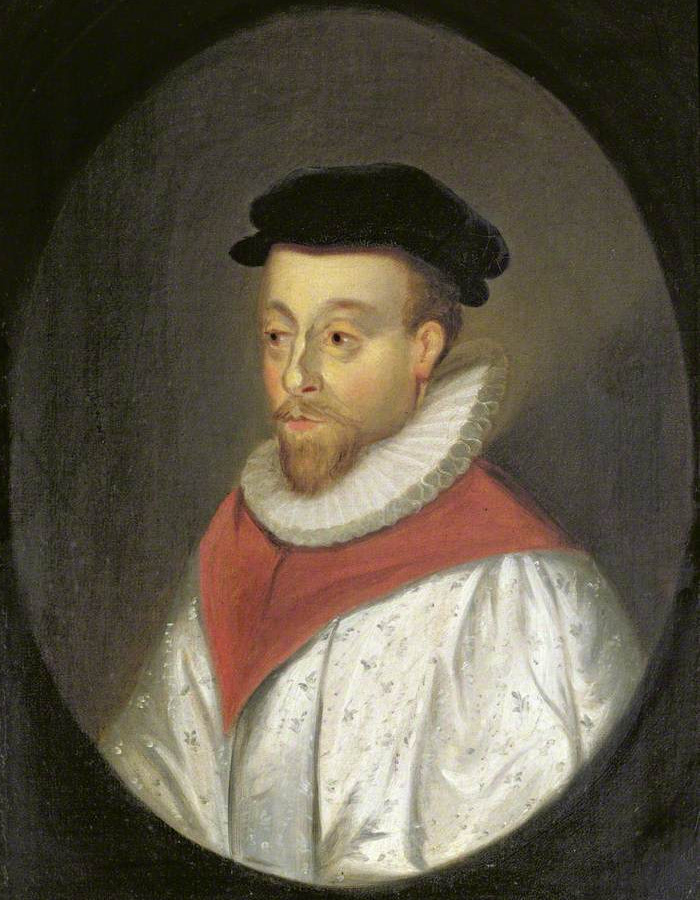 Orlando Gibbons (1583 - 1625) English composer, virginalist and organist of the late Tudor and early Jacobean periods, Orlando Gibbons (1583 - 1625) was a leading composer in England in the early 17th century. One of the most versatile English composers of his time, Gibbons wrote a large number of keyboard works, around thirty fantasias for viols, a number of madrigals (the best-known being "The Silver Swan"), and many popular verse anthems, all to English texts. VII - Thomas Warrock (1565 - 1610) English organist and composer, Thomas Warrock (1565 - 1610) may have been the father of the organist and composer Thomas Warwick. He was admitted a choirboy of Hereford Cathedral in February 1574/5, and was organist there from 1586 to 1589. VIII - William Byrd (1539/40/43 - 1623) 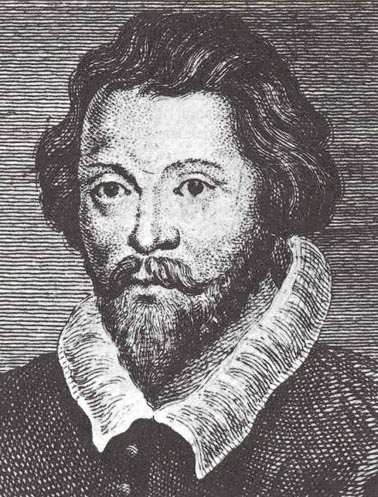 William Byrd (1539/40/43 - 1623) Famous English composer of the Renaissance. William Byrd (1539/40/43 - 1623) wrote in many of the forms current in England at the time, including various types of sacred and secular polyphony, keyboard (the so-called Virginalist school), and consort music. He produced sacred music for use in Anglican services, although he himself became a Roman Catholic in later life and wrote Catholic sacred music as well. Byrd's output of about 470 compositions amply justifies his reputation as one of the great masters of European Renaissance music. Perhaps his most impressive achievement as a composer was his ability to transform so many of the main musical forms of his day and stamp them with his own identity. Having grown up in an age in which Latin polyphony was largely confined to liturgical items for the Sarum rite, he assimilated and mastered the Continental motet form of his day, employing a highly personal synthesis of English and continental models. He virtually created the Tudor consort and keyboard fantasia, having only the most primitive models to follow. He also raised the consort song, the church anthem and the Anglican service setting to new heights. Finally, despite a general aversion to the madrigal, he succeeded in cultivating secular vocal music in an impressive variety of forms in his three sets of 1588, 1589 and 1611. 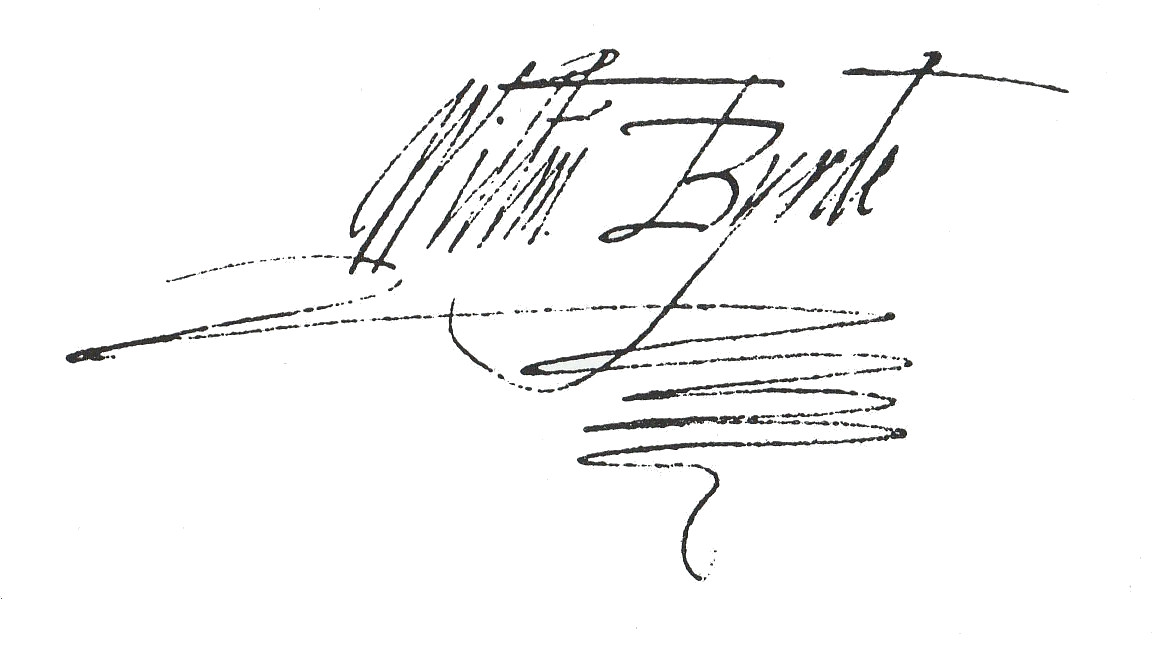
|
||||||||||||
| |
||||||||||||
| |
||||||||||||
|



